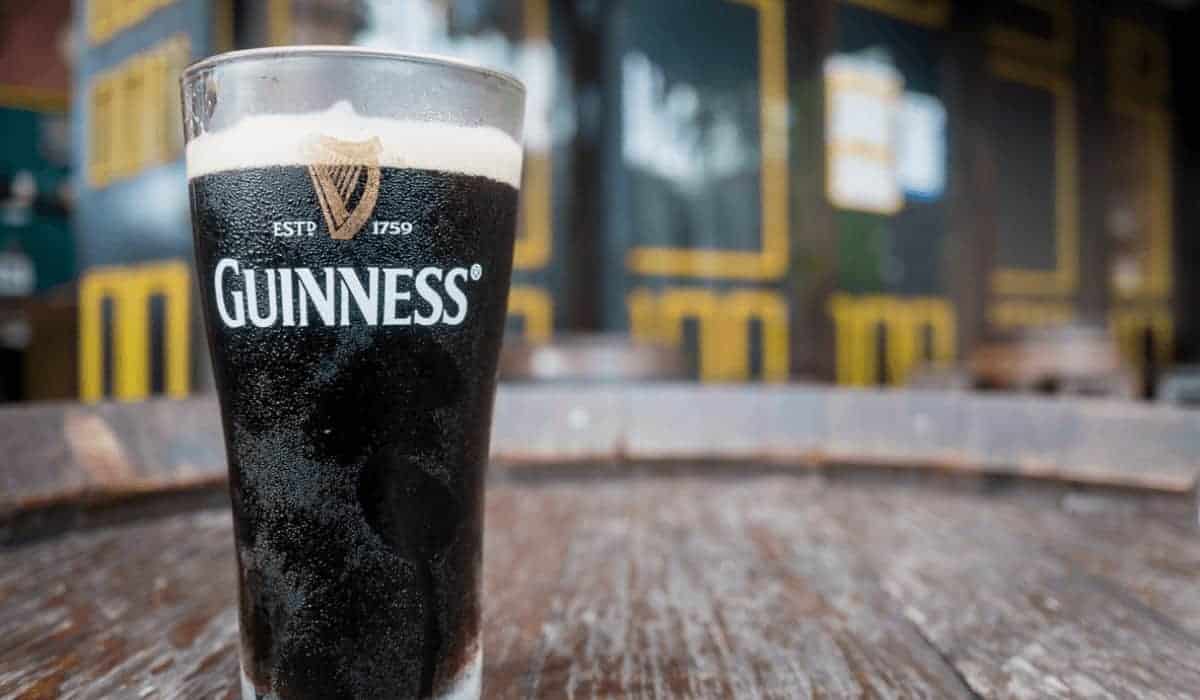Content Marketing: Guiness is Good For You

This year, Guinness celebrates its 260th anniversary, and on St. Patrick’s Day, some 17 million pints of Guinness’s world famous Irish dry stout will be consumed. But with age has come wisdom — Guinness isn’t just resting on its laurels.
Instead, they’re embracing the modern world of content marketing with an astute, intelligent strategy that many marketers would love to replicate. Here’s how they’re doing it.
The Guinness Book Of World Records
You may not have known the connection — the Guinness Book Of World Records no longer brands itself with the iconic Celtic harp of the brewery’s logo — but the world famous book of records got its start with the Guinness brewery.
In the 1950s, Sir Hugh Beaver, the managing director of the Guinness Brewery, was having an argument with friends at a shooting party about which was the fastest game bird in Europe. They couldn’t agree, and they couldn’t find the answer in any reference book either.
In 1954, Sir Hugh decided to compile a book of facts and figures. But it wasn’t just for fun — the book started as a clever marketing campaign designed to settle pub arguments.
The book was assembled decades before anyone came up with the phrase “content marketing,” but the basic tenets are all there. Sir Hugh recognized his audience — men in pubs arguing about trivial facts — saw an opportunity, and filled that niche with useful, original, branded content.
Guinness’s Modern Rebrand
Guinness is still headquartered in Ireland, but it sells right around a million barrels in the US — if it were a standalone brewery, it would be the 10th largest in the country, on par with Sierra Nevada. Despite its size, though, Guinness has not been immune to a recent groundswell in the American beer scene — the rise of craft breweries.
Craft beer sales in the US have been growing slowly for years, while sales of the bigger brands have remained flat. Why? Because customers like the experimentation, innovation, and independence of smaller breweries in contrast with the perceived corporate blandness of juggernauts like MillerCoors or Anheuser-Busch. So what did Guinness do? They decided to become a craft brewery.
Not literally, of course — The Brewer’s Association defines a “craft brewer” as a brewery that produces under 6 million barrels a year, and Guinness’s production numbers top that — but in the same way that Blue Moon distances itself from MillerCoors and Goose Island distances itself from Anheuser-Busch, Guinness decided to brand itself like a craft brewery.
In 2018, Guinness opened its Guinness Open Gate Brewery & Barrel House in Baltimore, producing more than a dozen beers on-site, including its USA flagship beer, Guinness Blonde American Lager.
The brand’s social media presence is more reflective of a small brewery than a global behemoth as well. On their Instagram account, the Guinness Open Gate Brewery posts regular menu updates, behind-the-scenes photos of their brewing process and brewers, Maryland- and Baltimore-focused specials, and name drops of local restaurants and coffee shops they’ve partnered with. It’s a new look — not the polish and flash of a big brand, but the relatable nature of a new brewery with its finger on the pulse of the craft brewing scene.
Holding On To Tradition
Guinness is somewhat uniquely positioned. They can embrace modern storytelling techniques and marketing strategies, like their #stacheforcharity Instagram campaign to drum up user-generated content. But they also have centuries of tradition to tie into, from the harp logo to the combination brewery, restaurant, and museum in Dublin that houses their headquarters.
Guinness has melded the old and the new admirably, using modern techniques like Instagram Stories and Youtube to tell the story of an old brand, steeped in tradition but agile enough to adapt to the modern world.





